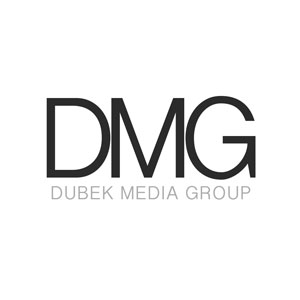I recently worked with a client who was kicking some major butt during our mock TV interview sessions. While I was pleased by his performance, I was also confused. I listened to a recent radio interview he had done and while his performance was adequate, it wasn’t stellar by any stretch. He sounded flat. Nothing punched. So why was he hitting his mock TV interviews out of the park, but falling short on his radio appearances?
Of course many people perform better when they don’t feel the pressure of a real interview. Mock interviews, after all, are only practice sessions. But this was something else. My client has done many interviews over the years so I didn’t believe stage fright was the problem. Digging a little deeper, it became clear that he was consciously performing for radio only. Another words, he was concentrating only on his words and not on body language, facial expression, or any of the other things we work on during TV training. The problem with that approach is that with the exception of some long time experienced radio hosts, most of us get our communication energy and animation through our facial expressions and body language. Being 1/4 Italian myself, I am what many call a natural “hand talker”. But you don’t have to be Italian to effectively use body language.
I always encourage my clients to use their hands, arms, and even their face and eyes to communicate when appropriate and natural to do so. It turns out, my client was performing differently for radio than TV. Once I told him to apply the same TV practices to his radio appearances, the problem was solved. A dynamic, punchy, fun interview was achieved. I would encourage anyone doing media-whether radio, print or online interviews, to perform as if you are on-camera.
You will like the results.
